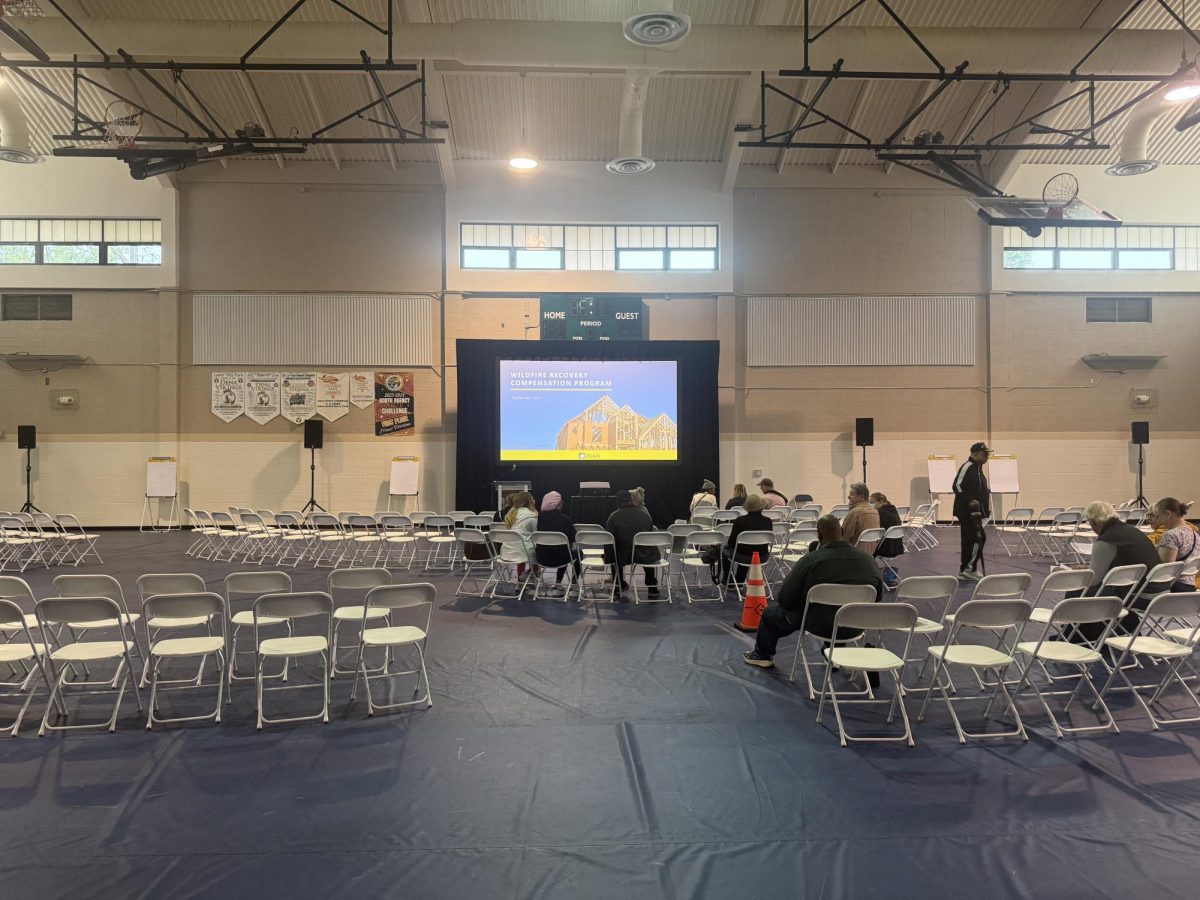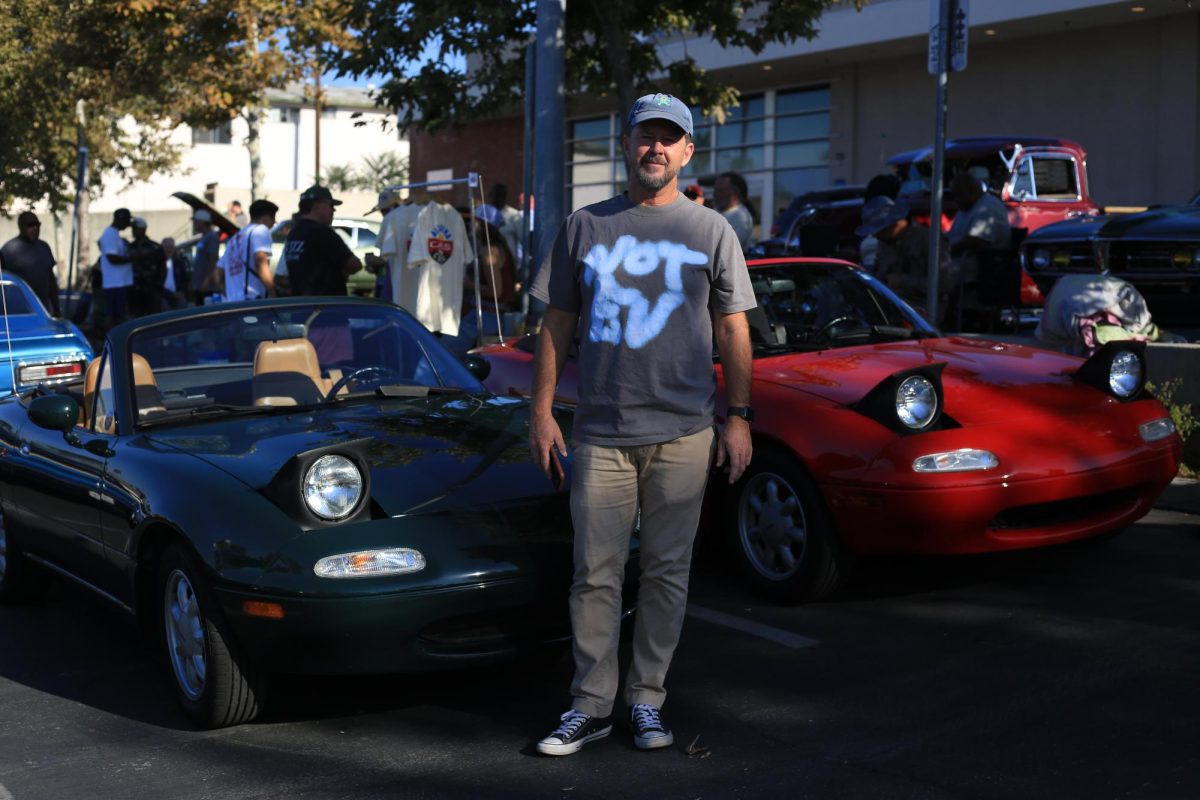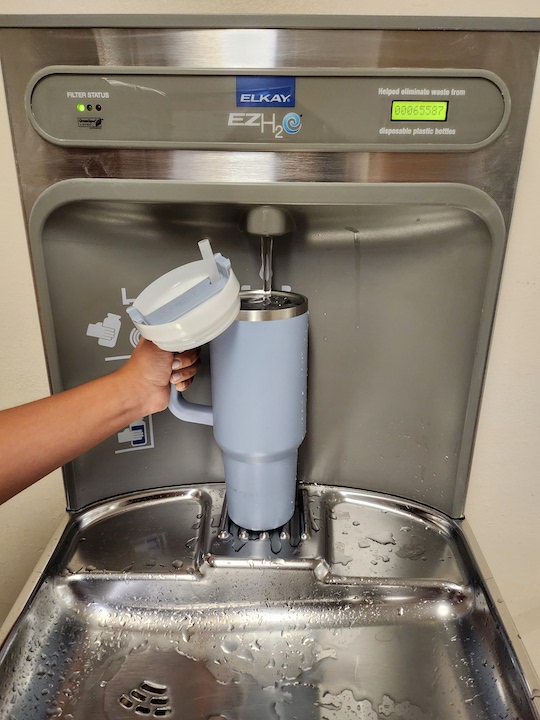Every day, thousands of people hop onto the internet to hang out with friends, look at videos or play video games for dozens of hours.
They can also find pictures costing thousands of dollars being advertised to everyday consumers.
An NFT, or a non-fungible token, is a non-interchangeable unit of data stored on a blockchain, a form of digital ledger, that can be sold and traded. NFTs can take the form of art, GIFs, videos, virtual avatars, music, and other digital collectibles.
Over the past year or so, information about NFTs has exploded, leading many investors to buy them while others have expressed negativity, sometimes even hate, for them.
Trying to make sense of NFTs
Even governments are scrambling to understand how current regulations may affect them.
In May 2021, for instance, the Wyoming Legislature Service researched the subject.
“This research memorandum provides background information regarding non-fungible tokens (NFTs) and further identifies the relationship between trademark registration and NFT ownership,” according to a legislative report. “In the first quarter of 2021, NFT technology gained heightened attention from crypto, financial, and mainstream media, with trading volumes…increasing over 25 times since December 2020, and valuations over $2 billion for certain marketplaces.”
Yallet Reveles, a psychology major at Cal State Long Beach, said NFTs are confusing.
“I don’t simply because I feel like it doesn’t make a lot of sense. I kind of don’t see the point in having them exist, honestly,” Reveles said.
Jonathan Zaragoza, a film major student who is also from Cal State Long Beach, said he doesn’t care about them but if he acquires one he would sell it to someone who would want it more.
“I like my items attainable. I like them to be an actual product that I can fold, carry, and play with. This is just like a side-money hustle,” Zaragoza said.
The students said that it seems NFTs largely benefit the wealthy or major companies, adding they think investments are just making the values increase and they could soon plummet like other trends that fizzle out.
Impact on environment
Some critics say that NFTs require a lot of energy to create, which could exacerbate climate change more than artwork made in real life.
The most expensive high-end computers are used to store cryptocurrency, create NFTs, and mining, or the process of solving cryptographic problems.
Cryptocurrency and NFTs could consume as much energy as a small country, according to a video last year by NowThis, a left-leaning content producer.
That, in turn, results in greater carbon emissions, damaging the planet’s Ozone layers and essentially warming the planet.
Artist and computer scientist Memo Akten has estimated that the average NFT requires 340 kWh of energy and results in the release of 211 kilograms of carbon dioxide emissions, when accounting for production, bids, sales and other steps in the process.
Climate change has affected Californians dramatically in the past decade between the drought and the increasing size of wildfires.
“I feel like we’re going to see more and more environmental impacts even now, like in the north pole with the ice caps. We’re seeing they’re melting, and it can just, you know, cause and effect,” Reveles said. “When you have a ton of high-powered laptops creating an expensive picture, it’s going to use up so much energy and create a warm environment since a ton of them have to be on for countless hours.”
As the popularity of NFTs grows, critics fear that so will the impact on the world’s climate.
“So at this point, it’s like everything’s affecting the planet. No one’s willing to make the change,” Zaragoza said. “If many companies make a ton of these for the casual audience, then it’s going to drastically affect the way they make these things. They’ll get more computers to make them and use up so much energy, [they’ll be] heating up a lot.”
Whether or not people enjoy these digital items, it looks like they’re here to stay for the time being. So the question for the future is: How can they be made in more sustainable ways?
Community News produces stories about under-covered neighborhoods and small cities on the Eastside and South Los Angeles. Please email feedback, corrections and story tips to [email protected].



















